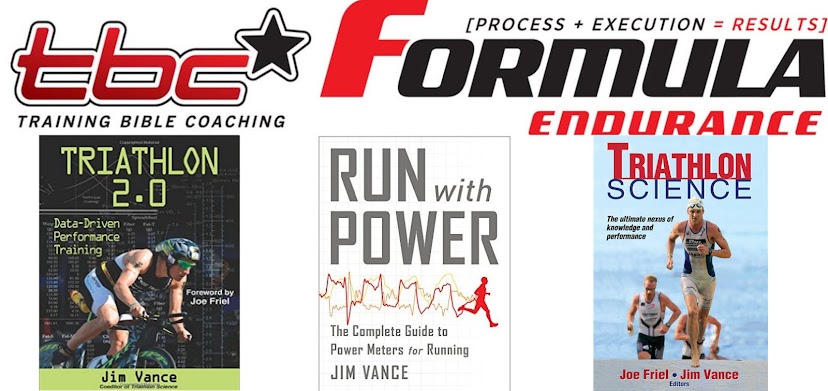Using CP30 Values for Fitness Tracking in WKO+
In my past articles on the PMC charts and overall fitness monitoring, I discussed how WKO+ is a coaching and training tool which goes largely underused relative to its true value, which is seeing the overall picture of training and fitness progression.
If a coach or athlete is only looking at a single training file, then there is little value if it has nothing else to compare itself to. If the athlete has many files to compare the single file to, then there is even more information which can be gained.
The progression of an athlete’s fitness over the course of a season is not linear, and will always have ups and downs. However, the general trend, or slope of the fitness, is what we want to watch for. If the trend is down, or flat, the athlete has reached a plateau, and some adjustments to the training need to be made.
Read the rest at: TrainingPeaks.com

